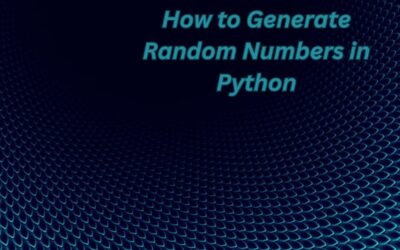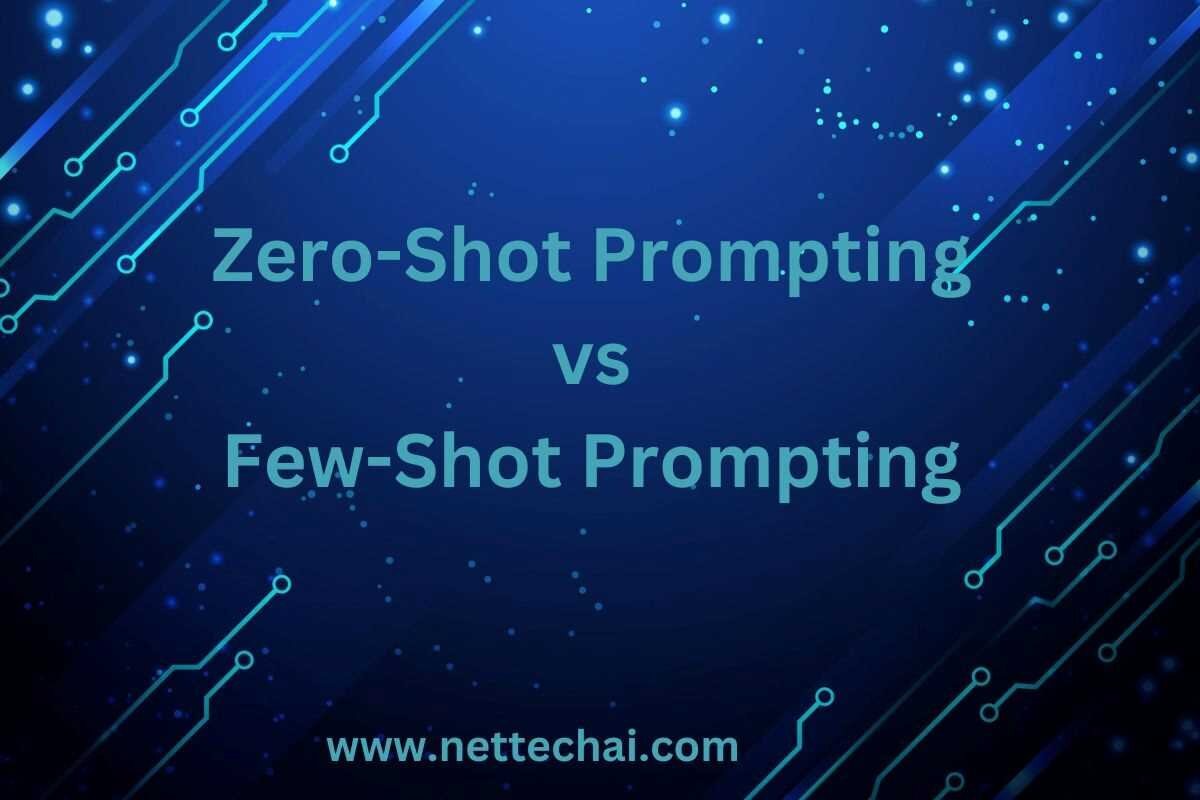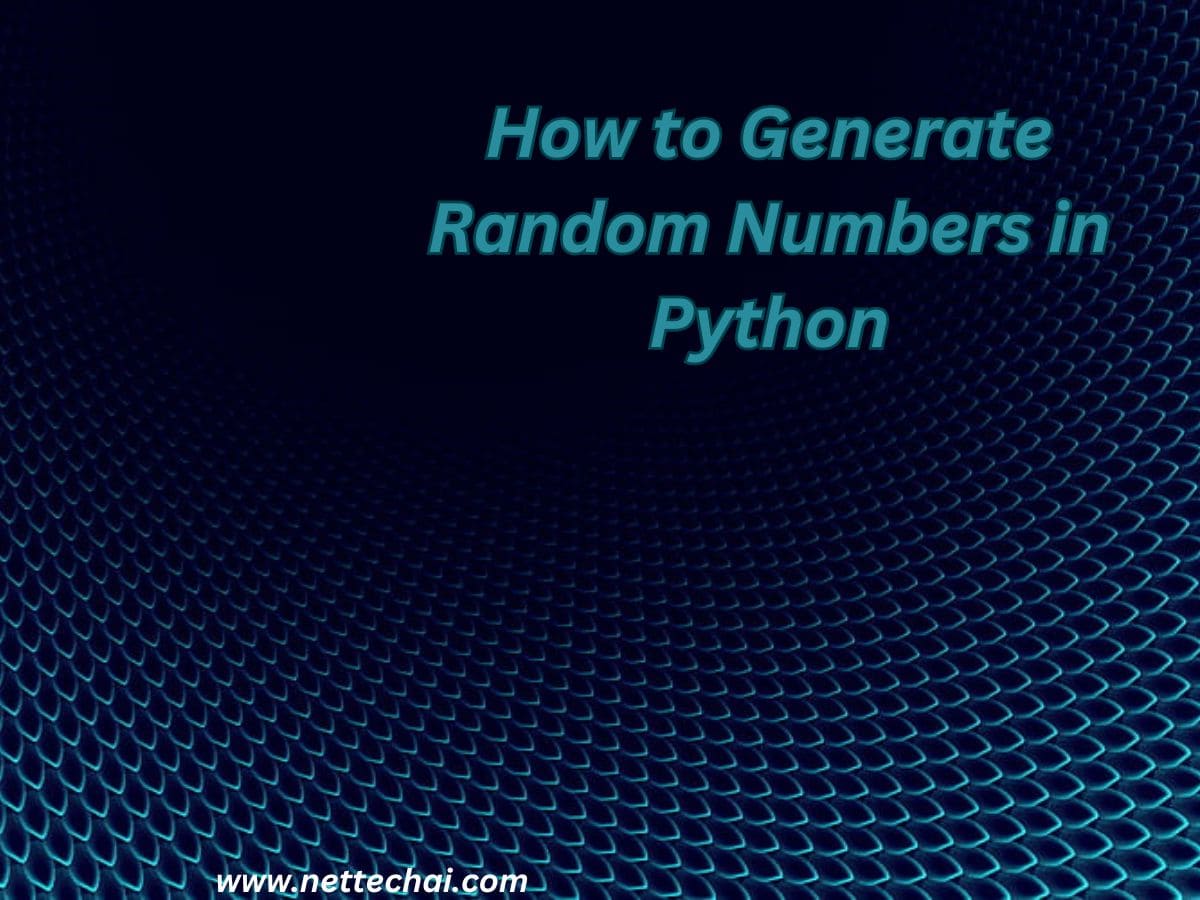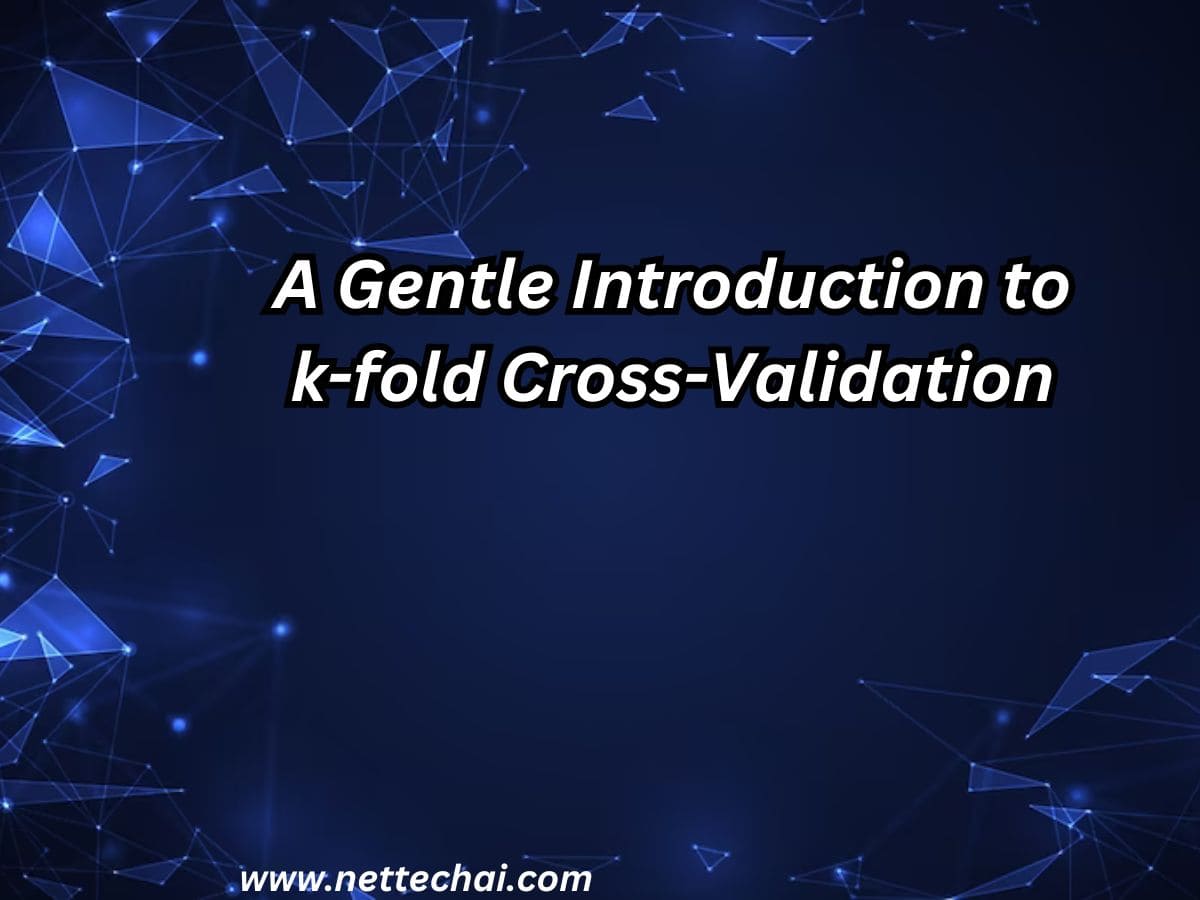In the dynamic landscape of artificial intelligence, researchers are constantly exploring innovative techniques to enhance the capabilities of language models. Zero Shot & few Shot Prompting are two such groundbreaking approaches that have revolutionized the field. These methods empower AI models to comprehend and generate human-like text with minimal training, leading to a myriad of applications across various domains.
Zero-Shot Prompting: The Gateway to Unseen Realms
In the rapidly advancing realm of artificial intelligence, Zero-Shot Prompting emerges as a groundbreaking concept that has redefined the scope of machine learning capabilities. Unlike conventional AI models that require extensive training on specific datasets, zero-shot prompting empowers machines to comprehend and generate human-like text without prior exposure to the given context. This innovative approach hinges on the model’s ability to extrapolate knowledge from its training data, allowing it to respond intelligently to prompts it has never seen before. The key to this extraordinary ability lies in the model’s grasp of language semantics and context. By deciphering intricate patterns within the language, zero-shot prompting enables AI systems to bridge the gap between familiar topics and entirely novel inquiries, marking a significant leap toward more intuitive and adaptable artificial intelligence.
Zero-shot prompting refers to the ability of a language model to generate coherent and contextually relevant responses to prompts it has never seen before. Unlike traditional machine learning models that require extensive training on specific datasets, zero-shot prompting allows AI models to extrapolate knowledge from their training data and apply it to novel tasks. The underlying mechanism behind zero-shot prompting lies in the model’s understanding of language semantics and context. By analyzing the patterns and relationships within the training data, AI models can grasp the nuances of different topics and generate contextually appropriate responses even without explicit training on those topics.
Imagine a scenario where a language model trained on general knowledge is presented with a prompt related to a specialized scientific concept it has never encountered before. Thanks to zero-shot prompting, the model can utilize its understanding of language structure and context to provide a coherent and accurate response, bridging the gap between known and unknown domains.
Zero-Shot Prompting: Nurturing Adaptability and Flexibility
While zero-shot prompting is impressive, few-shot prompting takes contextual AI a step further by allowing models to learn from a small number of examples. In this approach, the model is provided with a limited set of prompts and corresponding responses, enabling it to generalize and generate accurate outputs for similar tasks. Few-shot prompting is particularly useful in scenarios where specific examples or demonstrations are available, but extensive training data is scarce. By leveraging the available examples, AI models can grasp the underlying patterns and relationships, making them adept at handling diverse tasks with minimal supervision.
For instance, consider a language model designed for customer service applications. With few-shot prompting, the model can be trained with just a handful of customer queries and corresponding responses. This limited yet targeted training equips the model with the ability to handle a wide array of customer inquiries effectively, showcasing the adaptability and efficiency of few-shot prompting.
Real-World Implications: From Customer Support to Creative Writing
The impact of Zero Shot and few Shot Promptings reverberates across various sectors, transforming the way AI is utilized in real-world applications. In customer support, these techniques enable businesses to deploy intelligent chatbots that can understand and respond to customer queries with remarkable accuracy, even when faced with previously unseen inquiries. This enhances customer satisfaction by providing swift and relevant solutions, leading to improved customer experiences. In the realm of creative writing, authors and content creators can harness the power of these techniques to overcome writer’s block and generate creative ideas. By providing a few examples or themes, AI models can assist writers in brainstorming, suggesting plotlines, or even composing dialogues, fostering creativity and innovation in the literary domain.
Challenges and Ethical Considerations
While Zero Shot and few Shot Prompting offer groundbreaking capabilities, they also pose challenges and raise ethical considerations. One of the primary challenges is the potential for biases present in the training data to influence the generated outputs. Biased responses can perpetuate societal stereotypes and misinformation, highlighting the need for continuous scrutiny and improvement in AI algorithms. Additionally, ensuring the ethical use of these techniques is crucial. As AI models become more proficient at generating human-like text, there is a risk of misuse, such as generating misleading information or deepening misinformation campaigns. Ethical guidelines and regulations must be established and adhered to, ensuring responsible AI deployment in all applications.
A Brief Comparison between Zero Shot Prompting and Few Shot Prompting
| Zero-Shot Prompting | Few-Shot Prompting |
| Zero-shot prompting allows AI models to generate responses to prompts they have never seen before, relying on their understanding of language semantics and context within the existing training data. It doesn’t require any specific examples related to the new prompt. | Few-shot prompting, on the other hand, requires a small number of examples or prompts related to the task at hand. These examples serve as a guide for the model, allowing it to generalize from the provided prompts and generate accurate responses for similar tasks. |
| Zero-shot prompting demonstrates flexibility by extrapolating knowledge from its broad training data, making it capable of handling a wide range of unseen queries. However, its responses might lack precision and specificity compared to few-shot prompting. | Few-shot prompting showcases adaptability by leveraging a limited number of examples. These examples provide a more specific context for the task, enabling the model to generate precise and accurate responses tailored to the provided prompts. |
| Zero-shot prompting’s responses are based on general patterns and context from the training data, making them suitable for broad inquiries. However, the lack of specific examples might result in less accurate or detailed responses. | Zero-shot prompting’s responses are based on general patterns and context from the training data, making them suitable for broad inquiries. However, the lack of specific examples might result in less accurate or detailed responses. |
Conclusion: Paving the Way for Intelligent Interactions
Zero Shot and few Shot Promptings represent significant milestones in the evolution of AI technologies. These techniques empower language models to understand and respond to a wide range of prompts, bridging the gap between known and unknown domains. While their potential is vast, it is essential to approach their development and deployment with ethical considerations at the forefront, ensuring that AI continues to benefit society in a responsible and inclusive manner. As researchers continue to refine these techniques and explore new horizons in the field of natural language processing, the future holds the promise of even more intelligent, contextually aware, and adaptable AI systems, reshaping the way we interact with technology and enhancing various aspects of our lives.






